
[Source: Alan Young] Keswick Station Gallery 3: 1964 - August 1967
 A lazy summer’s day at Keswick in 1964. The young rambler at the east end of platform 2 seems oblivious to the arrival of the ‘Derby Lightweight’ DMU that is entering the opposite platform on its way to Workington. To the left is the stone base of the water tank supporting the attractive bracket of the water crane. A totem nameplate is also fixed to the building. Points, signals and Keswick No.1 signal box complete the scene. A few years later signalling and the signal box were abandoned and only the track being used by this train would be left. In March 1972 the line would close completely.
Photo by G Robinson 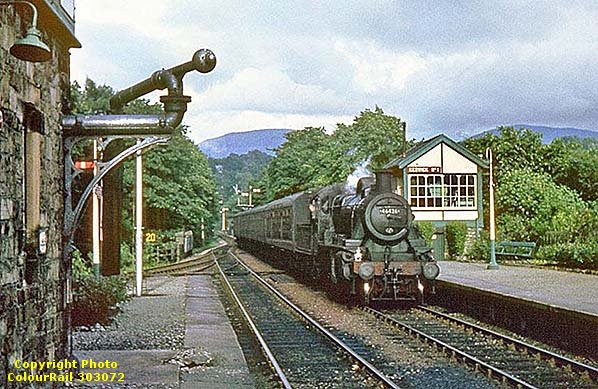
A down special passenger working is approaching Keswick station’s platform 1 and passing the LMS Keswick No.1 signal box. The photographer is standing on platform 2 with the water tank and water crane in the foreground. The train is hauled by Ivatt-designed Class 2F 2-6-0 No.46426. Although the image was presented with the date of July 1963 it might be summer 1964 or 1965 because from January 1964 the loco moved from Lancaster Green Ayre to Upperby shed (Carlisle). The loco was built at BR Crewe works in December 1948 and operated until September 1966. The train is formed of four vehicles: the fourth is unidentified; the third and second are BR Mk 1 types. The first is a BG type (full brake) but of pre-nationalisation origin. It has a look of being ex LNER and the roof detail confirms it is indeed an ex LNER Thompson vehicle – or LNER-designed as a few of these vehicles were built during early BR days, completion of orders placed before nationalisation.
Photo
copyright ColourRail
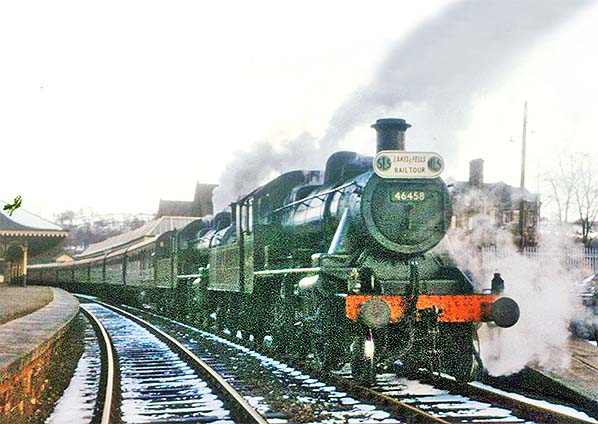
The last steam-hauled train to travel the entire line between Penrith and Workington was SLS/MLS ‘The Lakes and Fells Railtour’ on 2 April 1966 hauled by Ivatt Class ‘2’ 2-6-0 locos Nos.46458 and 46426. The excursion train is seen here at Keswick station’s platform 1 (down platform) prior to departing for Cockermouth and Workington.
Photo by Alan Robinson or John Ashley 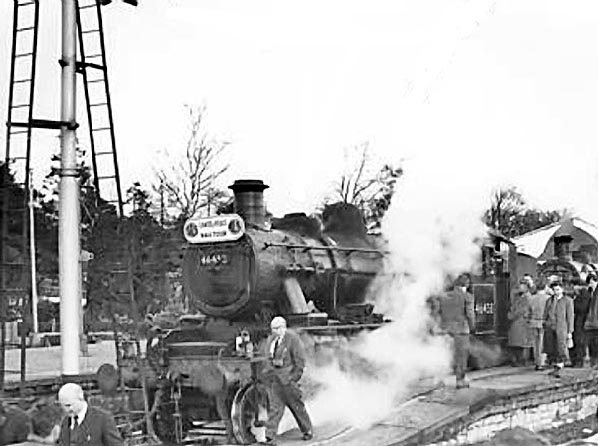
Ivatt Class ‘2’ 2-6-0 locos Nos.46458 is seen at Keswick station on 2 April 1966 during a visit by SLS/MLS ‘The Lakes and Fells Railtour.
Photo from Cumbria Railways 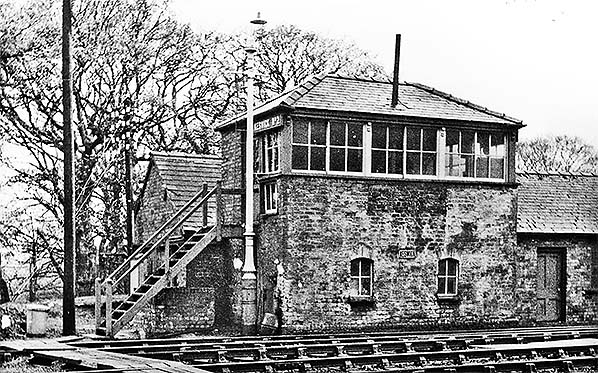 Keswick No.2 signal box (Keswick ‘A’ until c1924) is seen in May 1966. The box was opened in 1874, a Saxby & Farmer design containing the company’s lever frame, but in the 1930s an LNWR frame was installed (by the LMS) placed towards the rear of the cabin. The workshops behind the cabin also date from CK&P days.
Copyright photo by Nigel Mundy 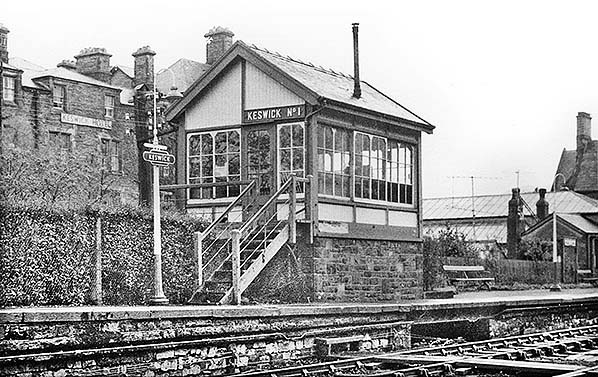
In May 1966 Keswick No.1 signal box is seen on the down platform (1) with the main building far right. This box was installed by the LMS in 1932 and replaced one built in 1889. The earlier box was known as Keswick ‘B’ until c1924.
Copyright photo by Nigel Mundy
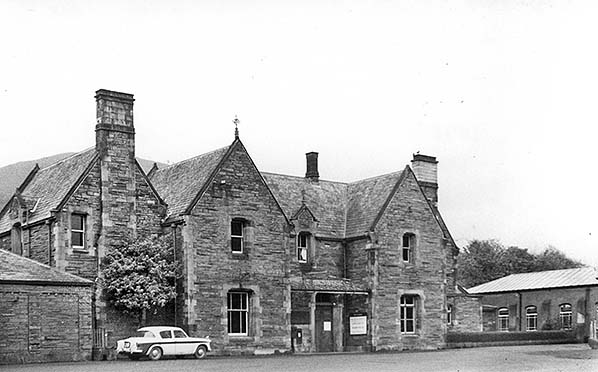
The forecourt elevation of Keswick station looking north-east in May 1966. In CK&P days the upstairs rooms were the company’s offices. The west wing (far left) contained the Boardroom; the west gable of the centre block was used by the company Secretary; the Traffic Manager used the room under the next gable; and the Accountant was in the east wing.
Copyright photo by John Alsop 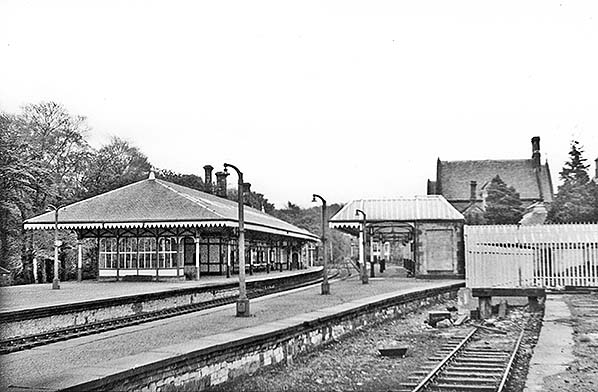
Looking east from the former cattle dock at Keswick station in May 1966.
Copyright photo by John Alsop  Looking west at Keswick station in May 1966 from island (up) platform 2. The water tank and crane are to the right. This angle successfully shows the detail under the glazed roofing of platform 1.
Copyright photo by John Alsop  It was decided in 1873 that Keswick station should have a subway to link the platforms and to provide direct access from the forecourt. The glazed bricks, helping to brighten the passage, are a familiar feature of station subways. In this view from May 1966, looking south, the far end of the passage to the forecourt is lit by means of a glazed roof.
Photo from John Mann collection 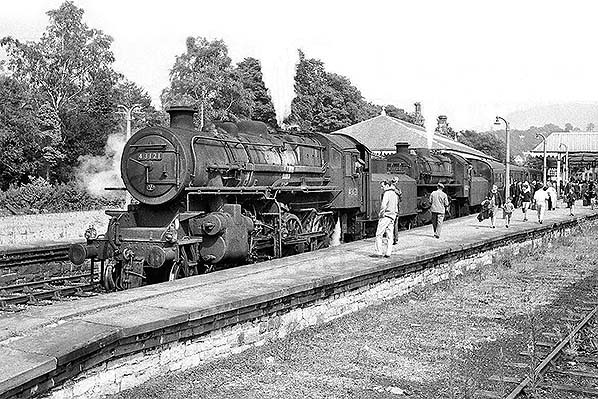
The 09.30 party special from Euston is seen at Keswick on 15 July 1967. The two 'Flying Pigs', as the Ivatt Class 4 was known, will have taken over the train at Penrith. Of the two locos, No. 43120 was withdrawn soon afterwards, in August, while No. 43121 soldiered on until November.
Photo
by Keith Widdowson
 A Derby Lightweight DMU is seen at Keswick station in August 1967.one car in green and the other in blue. The Driving Motor (nearest the camera) is not one of the original and so-called West Cumberland sets but one later drafted in from elsewhere to augment the fleet. It has a centrally pivoted windscreen wiper on the driver's side only (some had one both sides) and has lost its cab roof marker light. As was the case with all of them in later years, the multiple unit jumper cables are now permanently located below the windscreens; they were originally stored in the cab and deployed as required. What appears to be a folded newspaper hanging above the driving position is in fact a sun visor. A Derby Lightweight DMU is seen at Keswick station in August 1967.one car in green and the other in blue. The Driving Motor (nearest the camera) is not one of the original and so-called West Cumberland sets but one later drafted in from elsewhere to augment the fleet. It has a centrally pivoted windscreen wiper on the driver's side only (some had one both sides) and has lost its cab roof marker light. As was the case with all of them in later years, the multiple unit jumper cables are now permanently located below the windscreens; they were originally stored in the cab and deployed as required. What appears to be a folded newspaper hanging above the driving position is in fact a sun visor.Photo by Geoffrey Skelsey Click here for Keswick Station Gallery 4: c1970
|



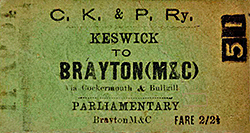
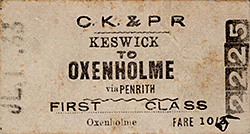
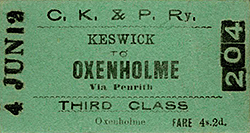
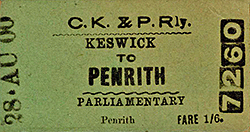

 Home Page
Home Page